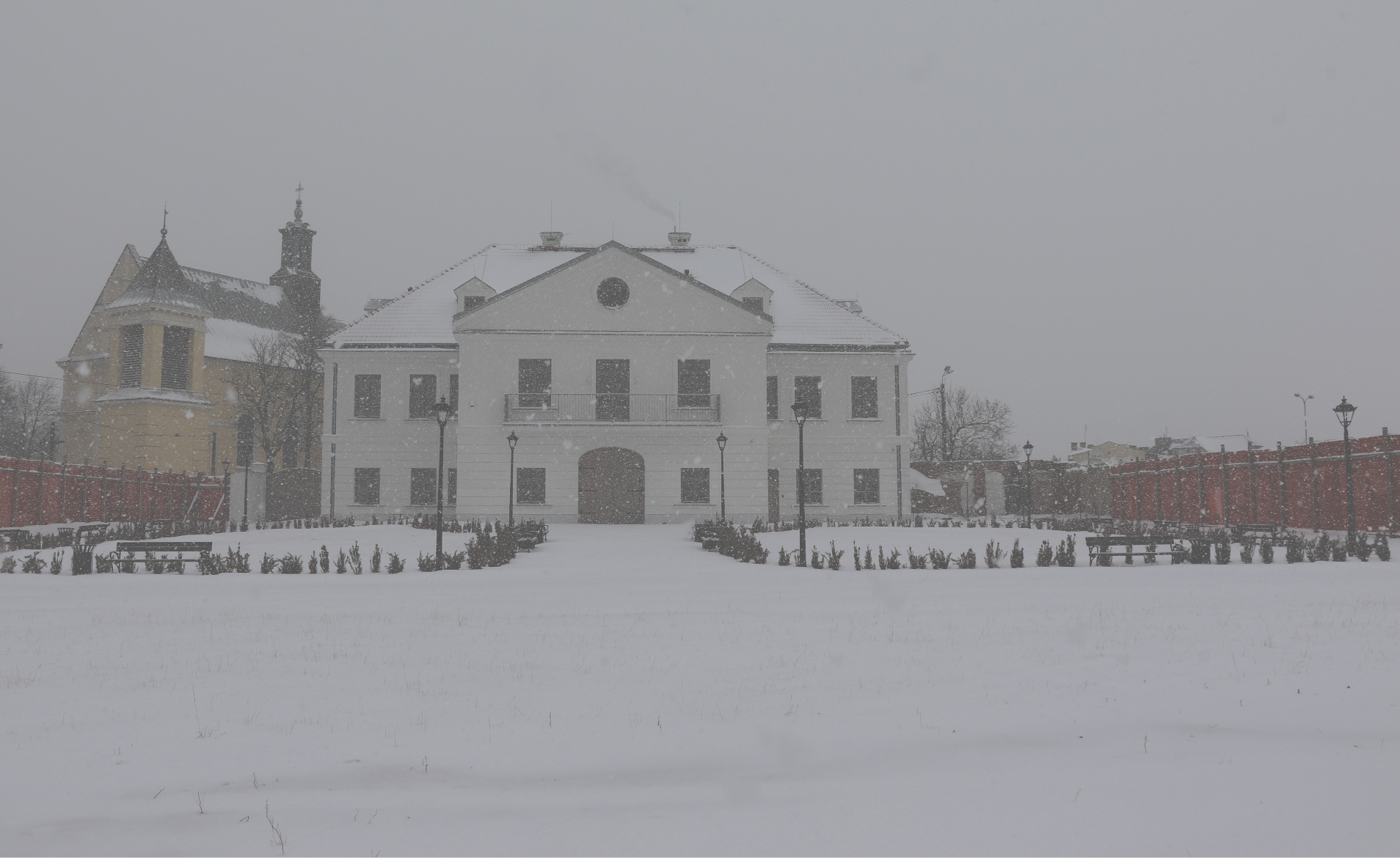
Gmina Raszyn otrzymała pierwszą transzę dofinansowania na rewitalizację kompleksu Austerii (etap 2) pod koniec marca 2021 r. Przed przystąpieniem do robót budowlanych konserwator zobligował gminę do wykonania pełnych badań architektonicznych zespołu budynków oraz badań archeologicznych terenu inwestycji.
Jak wynika ze sprawozdania archeologa, w trakcie prac pozyskano ok. 400 zabytków archeologicznych w postaci fragmentów ceramiki, szkła, kości, przedmiotów żelaznych i krzemieni. Przedmioty te, określane jako „zabytki” – zgodnie z dyspozycją konserwatora zabytków – zostaną wystawione jako ekspozycja stała w gablotach Izby Pamięci w Austerii. Obecnie są one w trakcie katalogowania i oczyszczania.
Na podstawie znalezionych fragmentów wydzielono 4 etapy użytkowania terenu:
- etap I - to osadnictwo pradziejowe i z nim należy łączyć 19 fragmentów ceramiki oraz 3 krzemienie; materiały wydatowano na okres neolitu i kulturę przeworską;
- etap II - to osadnictwo średniowieczne, z którym łączą się 62 fragmenty ceramiki;
- etap III - datowany od XVI do 2 poł. XVIII wieku czyli przed wybudowaniem na tym terenie zabudowań Austerii; z tego etapu pochodzą ok. 270 fragmentów ceramiki, kości, pojedyncze kafle piecowe oraz szkło i jedna moneta;
- etap IV - to czas funkcjonowania zabudowań Austerii od końca XVIII wieku do dnia dzisiejszego.
Poniżej przedstawiamy kilka zdjęć obrazujących obecny stan budynków.
Please find below some pictures showing the current condition of the buildings.
Voici quelques photos montrant l'état actuel des bâtiments.
|
The Raszyn commune received the first tranche of co-financing for the revitalization of the Austeria complex (stage 2) at the end of March 2021. Before the commencement of construction works, the conservator obliged the commune to carry out full architectural studies of the building complex and archaeological research of the investment area. According to the archaeologist's report, about 400 archaeological items were obtained during the work in the form of fragments of ceramics, glass, bones, iron objects and flints. These items, referred to as "monuments" - according to the instructions of the conservator of monuments - will be displayed as a permanent exhibition in the showcases of the Memorial Chamber in the Austeria. They are currently in the process of cataloging and cleaning. Based on the found fragments, 4 stages of land use were distinguished: stage I - prehistoric settlements; 19 pottery fragments and 3 flints should be connected with it; the materials were spent on the Neolithic period and the Przeworsk culture; |
La commune de Raszyn a reçu fin mars 2021 la première tranche de cofinancement pour la revitalisation du complexe Austeria (phase 2). Avant le début des travaux de construction, le conservateur a obligé la commune à réaliser des études architecturales complètes des bâtiments et archéologique de la zone d'investissement. étape I - les établissements préhistoriques; 19 fragments de poterie et 3 silex devraient y être liés; les matériaux ont été dépensés sur la période néolithique et la culture de Przeworsk; |

